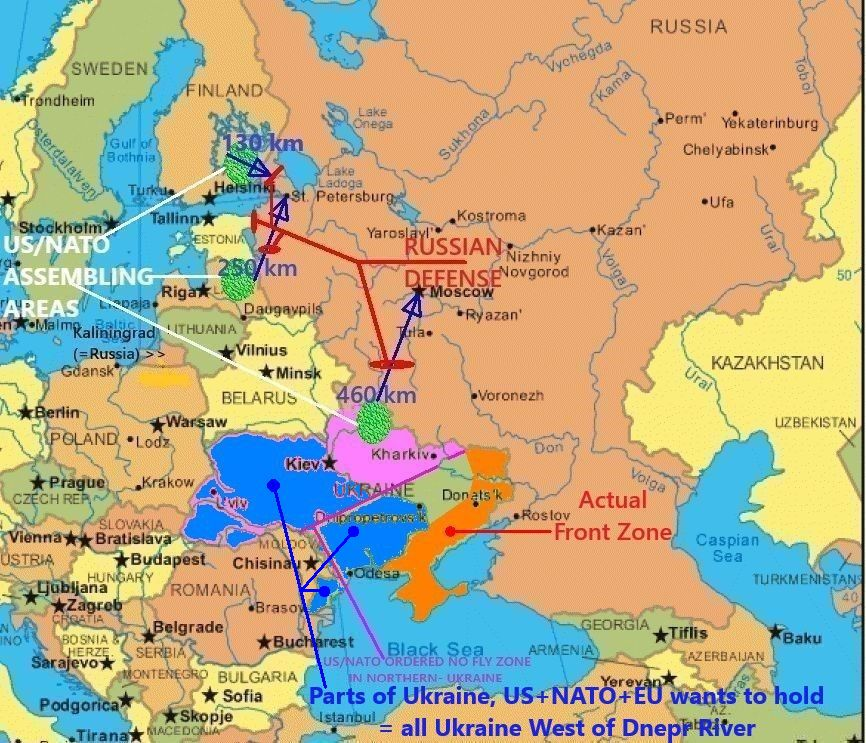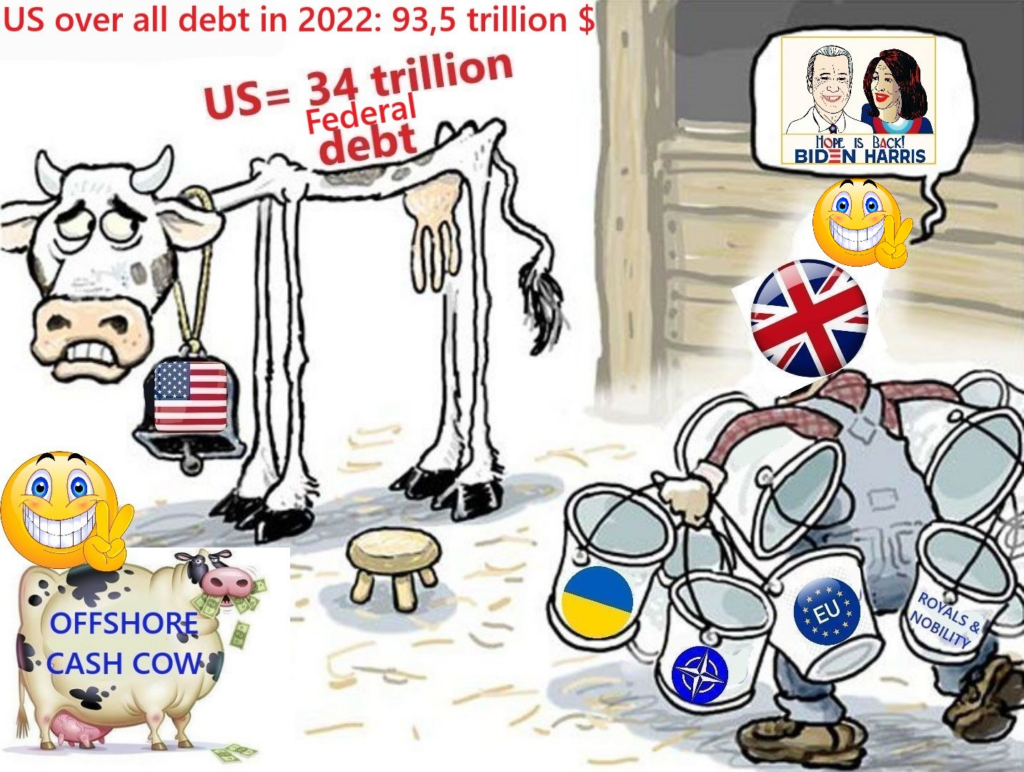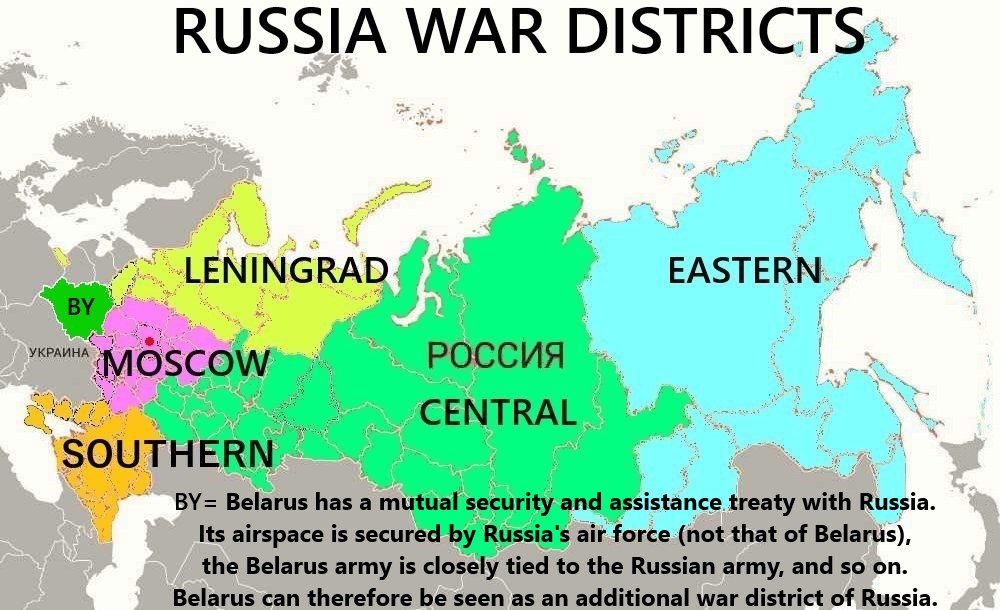Ö-Medien melden: Österreichs Bundeskanzler Karl Nehammer (ÖVP) reist am Donnerstag (04. April 2024) zu einem bilateralen Arbeitsgespräch mit Präsident Macron nach Frankreich, das geht aus einer Aussendung des Kanzleramts hervor. Schon im Februar besuchte Nehammer die französische Hauptstadt Paris – damals für einen „Russland-Ukraine-Gipfel“.
+++ +++
Die Lage ist nicht gut – sondern extrem schlecht – im Rahmen der Triple Alliance plus (=UK+GER+AUT und andere).
Langsam – das erkennt man – werden zwar noch große Töne gespuckt, aus dem Baltikum, und von anderswo, aber man merkt auch, dass die Nerven dünn werden.
Y
„Wir haben die Russen überreizt“ – das ist inzwischen noch nicht allen, aber doch vielen klar geworden.
Was macht Nehammer in Paris? Er soll dort wohl Macron darüber informieren, was im Rahmen der Triple-Alliance gerade beschlossen wurde.
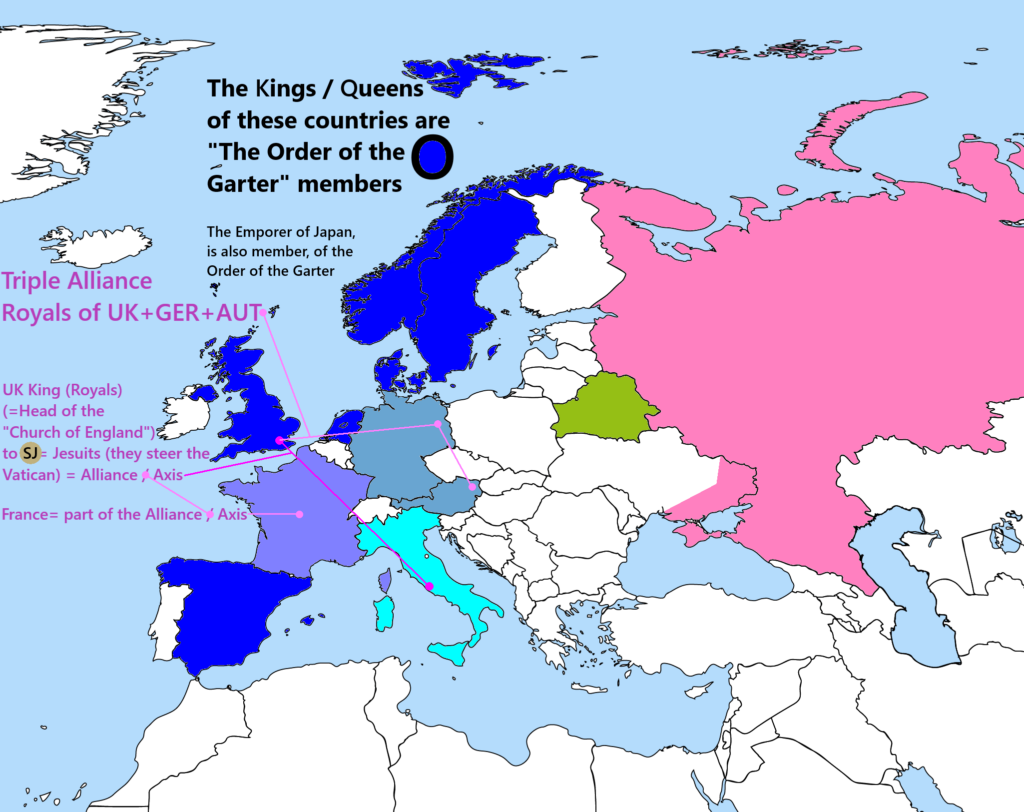
Krachen im Leitungs- Gebälk (= in der West- Führungs- Etage) – WARUM? Weil niemand gegen Russland – auf dem Schlachtfeld – antreten will.
Salon-Royals die keine Probleme, sondern nur Lösungen wollen:
Order of the Garter – Mitglieder, also die dort versammelten regierenden Monarch-innen, verlassen sich auf die Briten. Die Briten wiederum verlassen sich – bezogen auf die „Slaven- Kompetenz“ (=sie kennen die psychologischen Parameter der Ost- Völker und vor allem der Russen), auf Deutschland und vor allem Österreich (das die Sowjet- Union 1990 organisatorisch in die Knie zwang).
Nun aber ist man in einer Sackgasse – im Englischen auch „dead end“ genannt.
Die Software- Mechanismen, die man über 20 Jahre aufbaute (Lügen- und Hetz- Propaganda gegen Russland und Putin) nützen nichts mehr, DENN, Hardware (=Schlachtfeld- Realitäten der Ukraine) bestimmt nun die Szene.
Darauf aber, Hardware bestimmt die Real- Abläufe, war die ganze Gruppe von Salon- Royals nicht vorbereitet.
+++ +++ +++
Krachen im Leitungs- Gebälk (= in der West- Führungs- Etage) – WARUM? Weil niemand gegen Russland – auf dem Schlachtfeld – antreten will.
Vorab – 2. Weltkrieg – so sah Hitler die Lage im Rahmen des „Fall Barbarossa“- Befehls:
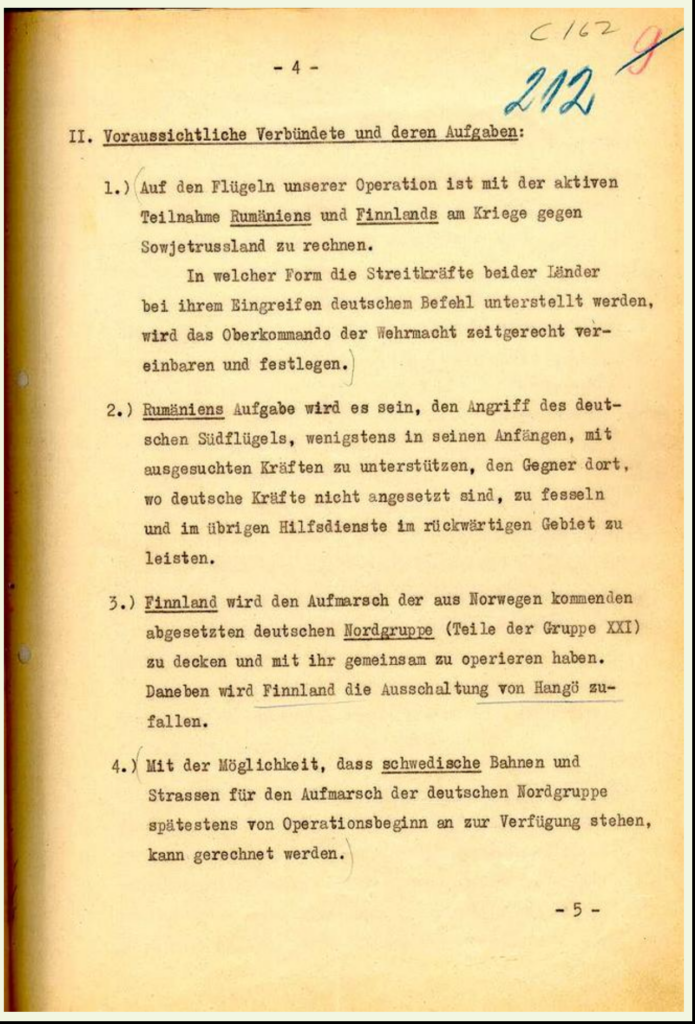
Die Staaten, deren königliche Regenten im Order of the Garter vertreten sind:
(Japan wurde nicht mit erfasst)
Y
Die Briten- Armee zählt 80 bis 100.000 Mann – je nachdem wie man zählt. Wenn die Briten davon 50.000 Mann gegen Russland ins Feld stellen können, ist das schon viel.
Das sind die brischen Plan- Stellen: 75,166 regular forces personnel (January 2024) + 4,062 Gurkhas (January 2024) + 26,244 volunteer reserve personnel (January 2024) – ABER, von diesen Planstellen sind bei weitem nicht alle besetzt.
Y
Unbesetzte Planstellen – haben alle:
+> Netherlands: Active personnel 41,380 (1. September 2023) + Reserve personnel 6,763 (1. September 2023)
+> Denmark: Aktive Soldaten: Active: 25,400 + Reserve: 63,000
+> Norway: Size 3,725 military personnel + 4,399 conscripts + 688 civilians
+> Sweden: Size 6.850 military personnel
+> Spain: Size 75,822 personnel (2018)
Y
Achtung: Marine und Luftwaffe wurden nicht gezählt, weil diese keine Land- Kämpfe durchführen.
Y
Ergänzend (nicht im Order of the Garter – aber wie UK auch, im UN-Sicherheitsrat) – die Armee Frankreichs:
+> France: Size 118,600 active personnel 23,000 reserve personnel
Wenn diese Ansammlung von Garter- Staaten, gemeinsam rund 150.000 Mann ins Feld stellen kann, also an die Russland- Fronten (St. Petersburg und Ukraine-Front) schicken kann, dann ist das schon viel.
Putin hat Anfang Februar 2024 dargestellt, dass allein im Donbass, 627.000 Mann RUS- Armee (ohne Marine und Luftwaffe) stehen würden.
+++ +++ +++
Aber, die Briten waren doch in BEIDEN Weltkriegen so stark – oder?
Sie waren stark – ja – aber nicht auf Basis von Eigen- Stärke, sondern weil sie die Inder hatten:
Inder kämpfen für UK im 1. Weltkrieg – Artikel 1 – Artikel 2 – Artikel 3 -:
https://indianembassybrussels.gov.in/pdf/Indian_Army_Ypres.pdf
https://www.nam.ac.uk/whats-on/british-indian-army-soldiers-first-world-war
https://encyclopedia.1914-1918-online.net/article/warfare_1914-1918_india
Created in partnership with the United Service Institution of India, this display highlights the contribution of the Indian Army across the globe during the First World War.
The Indian Army played an essential role throughout the First World War, from the initial arrival of the 3rd Lahore Division in France in September 1914 to the final pursuit of Ottoman forces from Palestine in 1918.
Nearly 1.4 million men from India served, some in non-combatant roles, making this the largest all-volunteer force the world had seen at the time. The display highlights their contribution to many of the conflict’s major campaigns – the Western Front, Gallipoli, East Africa, Mesopotamia, Egypt and Palestine – as well as lesser-known theatres, particularly across Asia.
During the First World War 1.5 million Indian officers and men served in the British Empire’s Indian Army. Two-thirds of them were “combatants” (“sepoys” in the infantry, “sowars” in the cavalry, “sappers” in the engineers, and “gunners” or “drivers” in the artillery), and one-third “non-combatants” (such as doctors, stretcher-bearers or laborers). They had 9,500 British officers, distinct from Indian officers, a secondary layer of regimental leadership.
+++ +++ +++
Inder kämpfen für UK im 2. Weltkrieg – Artikel 1 – Artikel 2 – :
https://www.findmypast.co.uk/blog/history/vj-day-the-heroic-soldiers-of-the-indian-army
https://quod.lib.umich.edu/a/ars/13441566.0051.009/–unremembered-indian-soldiers-of-world-war-ii?rgn=main;view=fulltext
At the start of the Second World War, the Indian Army numbered just under 200,000 men. By Victory over Japan Day on 15 August 1945, it had become the largest volunteer army in history, with over 2.5 million men answering the call.
Largely serving as infantry, Indian and Pakistani troops proved to be incredibly proficient and fearless soldiers, fighting their way across Africa, Europe and Asia. The majority of their forces doggedly held off the might of Japanese Military as The Allies were pushed out of Malaya, Burma and all the way back to the Indian border, before gathering their strength and advancing back into the jungle to liberate those regions.
Y
Over 87,000 Indian troops paid the ultimate sacrifice in defence of both the British Empire and their homeland, while over 34,000 were wounded and a further 67,000 became prisoners of war, suffering horrific treatment at the hands of their captors.
+++ +++ +++
Und Frankreich? Frankreich hatte Truppen aus Nord- Afrika und französisch-Indochina – in BEIDEN Weltkriegen, an den Euro- Fronten- sic!
Genannt wurden sie Tirailleurs Senegalaise – Artikel 1 – Artikel 2 – Artikel 3 -:
https://www.cheminsdememoire.gouv.fr/en/history-senegalese-tirailleurs
https://www.france24.com/en/africa/20230106-tirailleurs-france-s-forgotten-colonial-soldiers-step-out-of-the-shadows
https://escholarship.org/content/qt4x19q2xb/qt4x19q2xb_noSplash_2942fea742a58073726feee3e08216d5.pdf?t=mtgqq1
The Senegalese Tirailleurs Corps was founded in 1857 by a decree of Napoleon III. From that date until their extinction in the 1960s, the tirailleurs participated in all the colonial campaigns fought by France. They fought in sub-Saharan African in the late 19th century, and 150 took part in the Congo-Nile expedition led by Jean-Baptiste Marchand in 1896-99 to contest British hegemony. They also fought in Morocco (1912-34).
Between 1914 and 1918, of the 161 250 tirailleurs recruited, 134 000 fought in different theatres of operations, in particular in the Dardanelles and on the Western Front, at Verdun or on the Somme (1916), and on the Aisne in 1917, while the others served overseas as “sovereignty troops”.
In the Second World War, they took part in the Battle of France, in 1940, in all the fighting engaged in by Free France, in particular in Gabon (1940) and at Bir Hakeim (1942), and also in the Provence landings with the French 1st Army (1944).
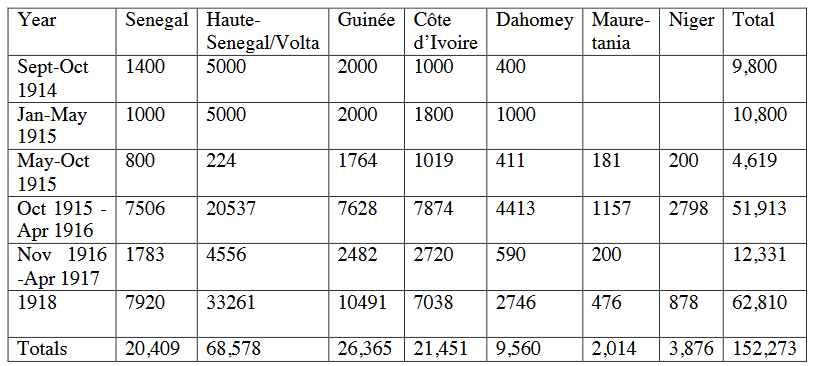
Aus Französisch Indochina – die Tirailleurs Tonkinois:
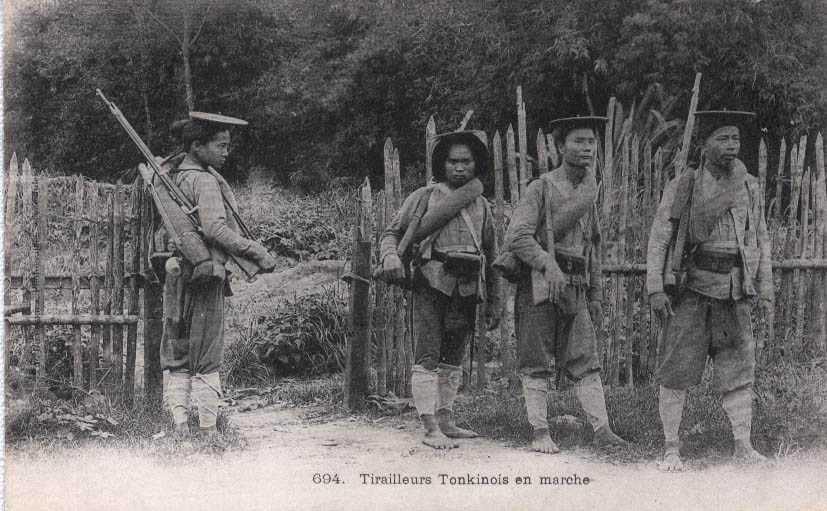
+++ +++ +++
Second World War
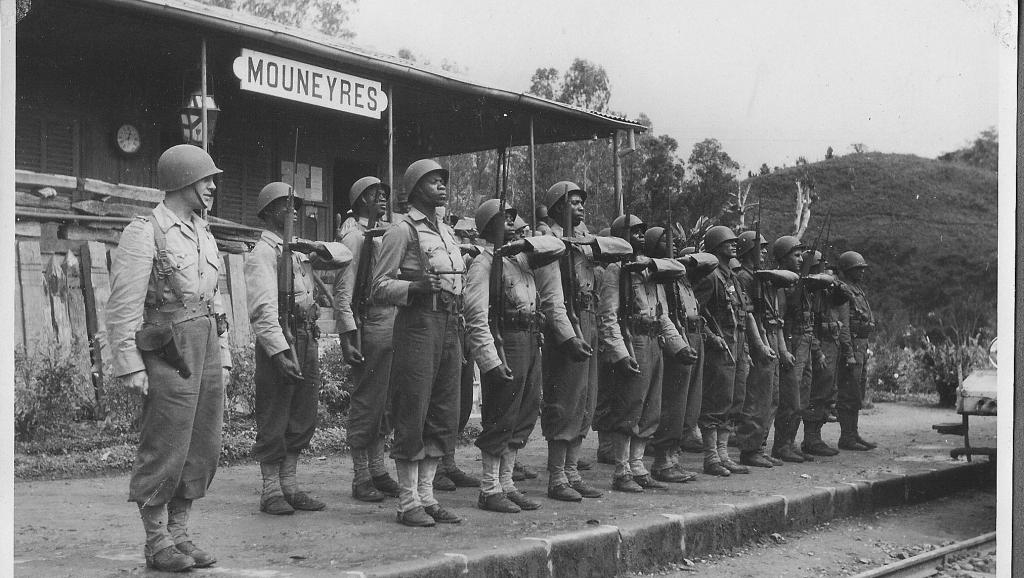
Over the two World Wars, some 700,000 soldiers from France’s African colonies fought for the colonial power. While some volunteered, others – like the son’s character in Vadepied’s film – were captured and forcibly enlisted.
Historians estimate that around 30,000 African soldiers died in the trenches fighting for France during World War I. But their names never featured on the war memorials that grace towns and villages across the country, daily reminders of the cost of the conflict.
The tirailleurs were a vastly enlarged force by the time Nazi Germany invaded France. They fought for Free French forces in sub-Saharan and North Africa and took part in the Allies’ landings in southern France in August 1944, precipitating the Nazis‘ retreat.
+++ +++ +++
Manche Leser-innen werden verblüfft feststellen, dass sie von diesen Kolonial-Truppen noch nie etwas gehört haben.
UK im 1. Weltkrieg rund 1,4 Mio. Inder, im 2. Weltkrieg rund 2,5 Mio. Inder – kommen in westlichen Kriegs-Darstellungen einfach nicht vor.
Frankreich im 1. Weltkrieg rund 160.000 Mann, im 2. Weltkrieg rund 250.000 Mann (200.000 aus Afrika, rund 50.000 aus französisch-Indochina= Tirailleurs Indochinois) – und auch sie kommen in westlichen Kriegs-Darstellungen einfach nicht vor.
Ethnische Säuberungen im Rahmen von westlicher Geschichts- Darstellung – so ist die Realität.
+++ +++ +++
Nochmal:
Krachen im Leitungs- Gebälk (= in der West- Führungs- Etage) – WARUM? Weil niemand gegen Russland – auf dem Schlachtfeld – antreten will.
Das einzige, was bei den Order of the Garter- Mitgliedern (mit dem Offshore-System), und was in Frankreich funktioniert (mit dem CFA/Zone-Franc-System und dem französischen Offshore-System) ist das Geld verdienen. Money-Making – ja, das funktioniert – das ja – das ist aber das Einzige.
UK und Frankreich hatten nie die militärische Stärke – von sich selbst – um gegen Gegner wie Deutschland zu bestehen. Hilfstruppen aus den Kolonien brachten das Überleben, und den Sieg.
Dass nun keine Inder, Afrikaner und Asiaten (franz. Indochina= heute die Staaten Laos, Kambodscha, Vietnam) mehr für Briten und Franzosen kämpfen werden, ist klar ersichtlich. Macht aber nichts, DENN, Briten und Franzosen haben schon Ersatz:
Und wer sind die „Inder“ von 1914-18 bzw. 1941-45 heute – für UK? Ganz einfach – die USA.
X
Und wer sind die „Tirailleurs Senegalaise / Tirailleurs Indochinois“ von 1914-18 bzw. 1941-45 heute – für Frankreich? Ganz einfach – die USA.
So wie man die USA auch finanziell ausnimmt – FPI berichtete – verwendet man auch deren Armee.
Es wird den USA nicht mal auffallen, dass sie schon wieder für gewisse Finanz- Interessen benutzt werden.
Die USA machen den Krieg (und haben das Defizit), die anderen machen die Gewinne.
